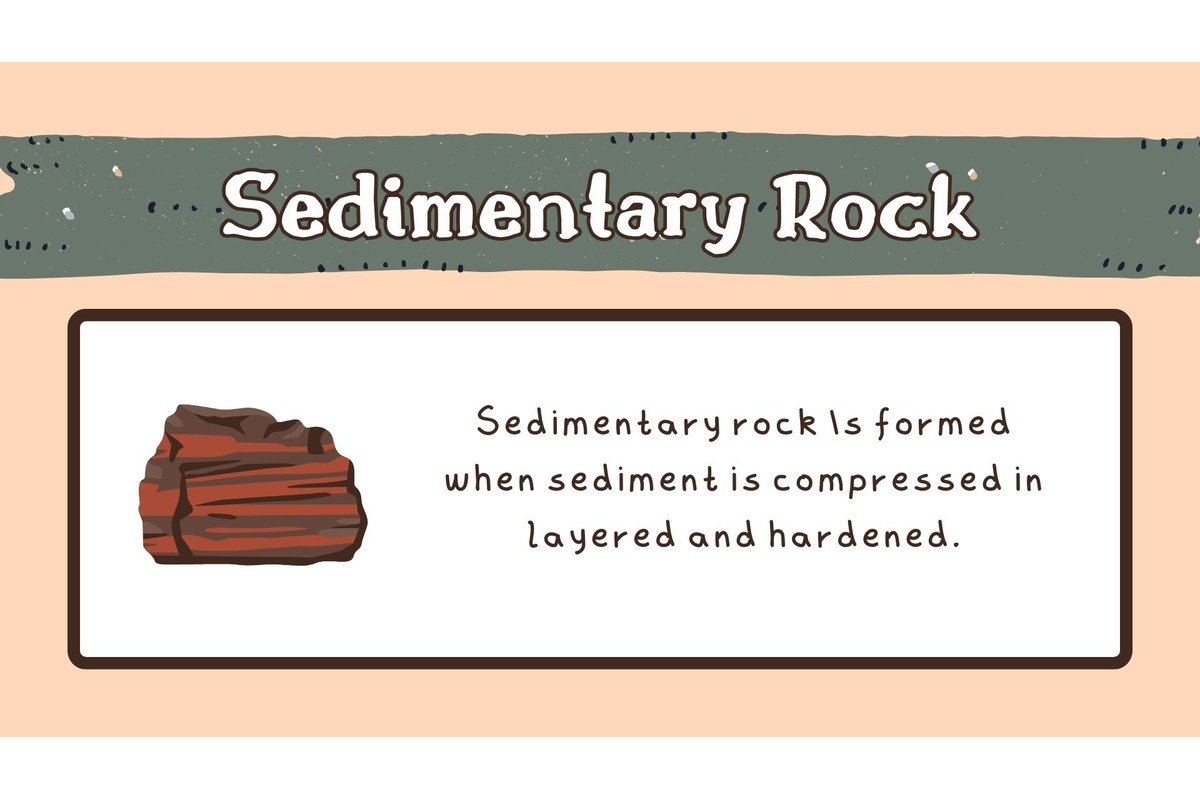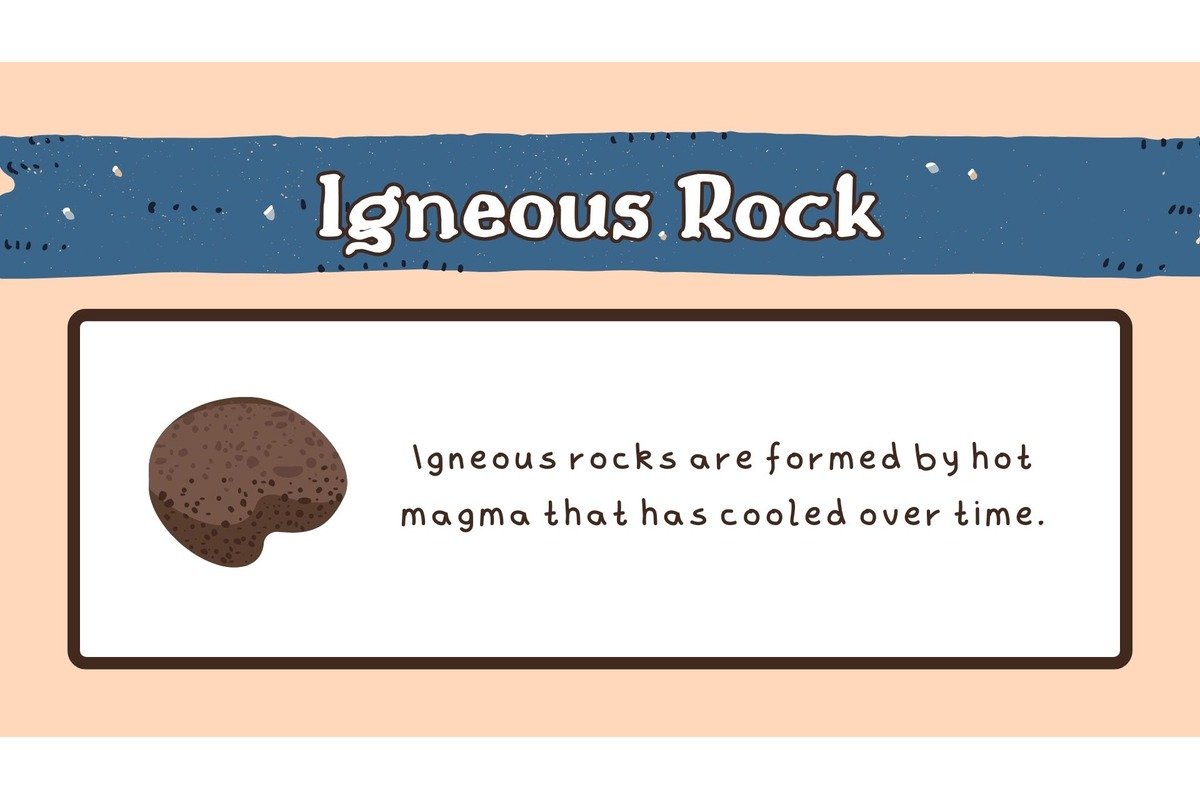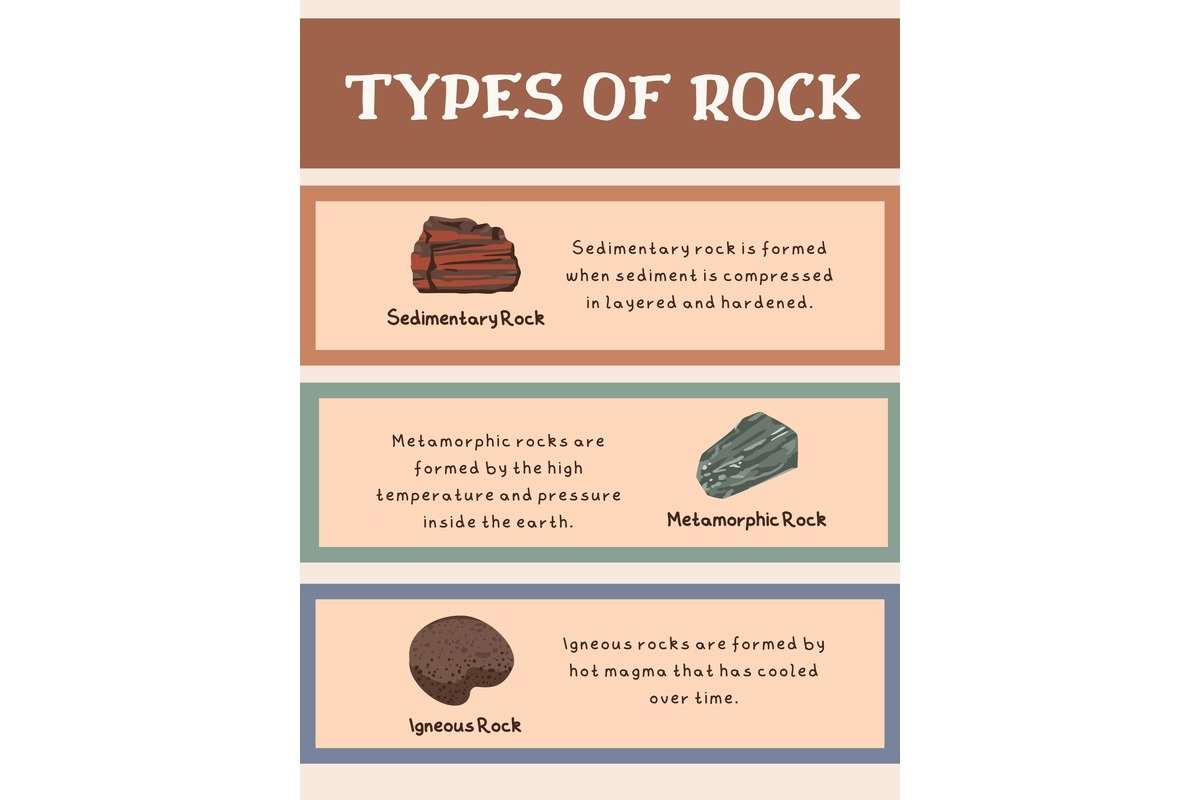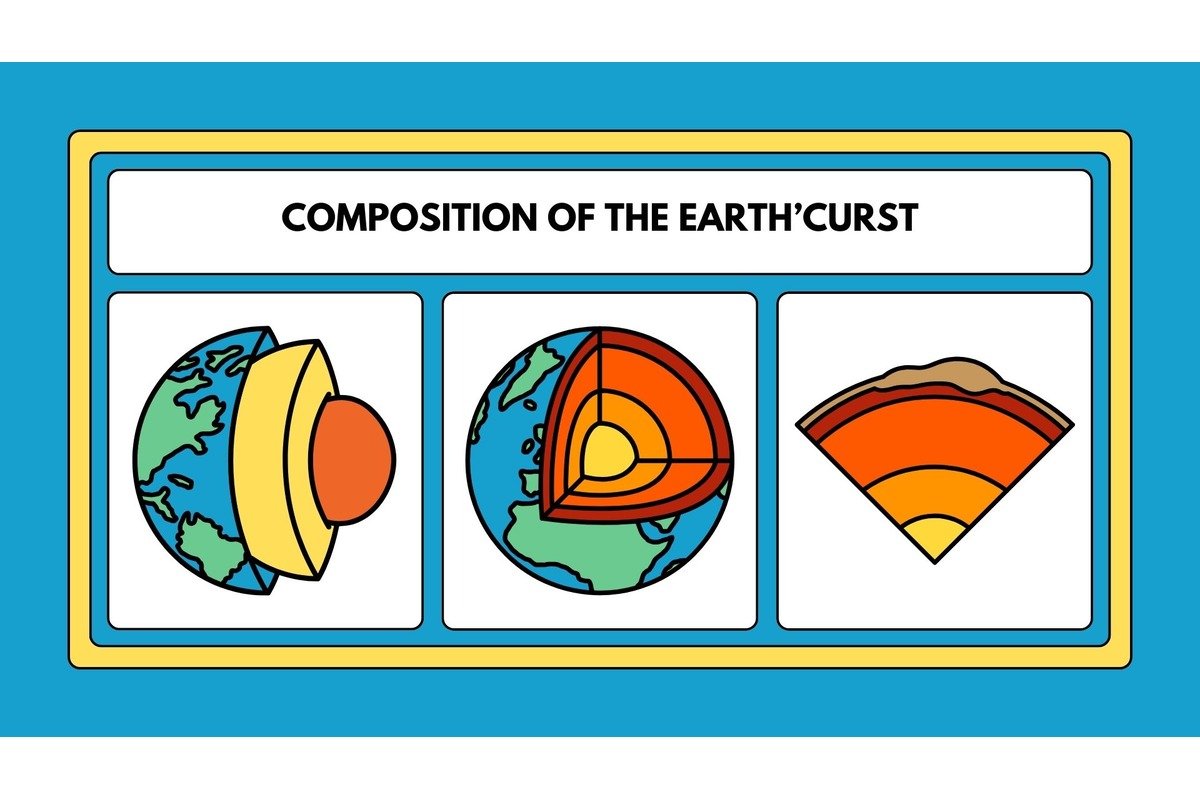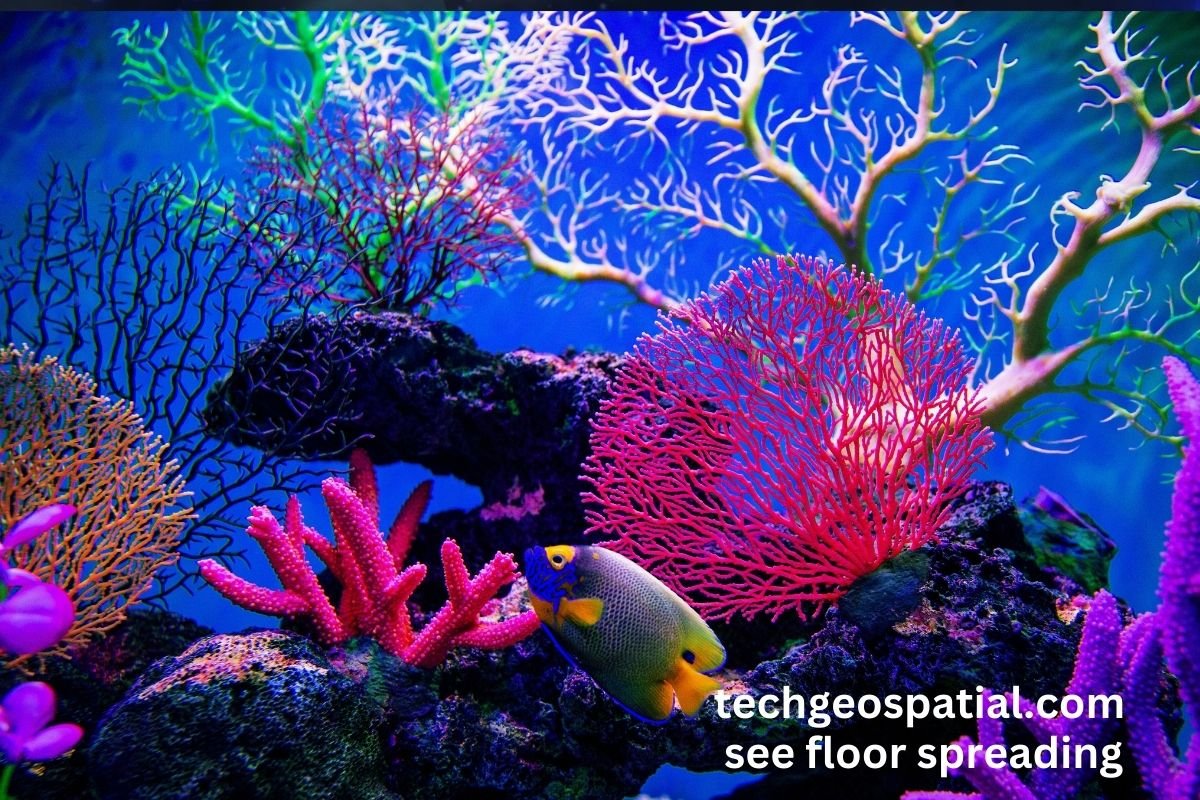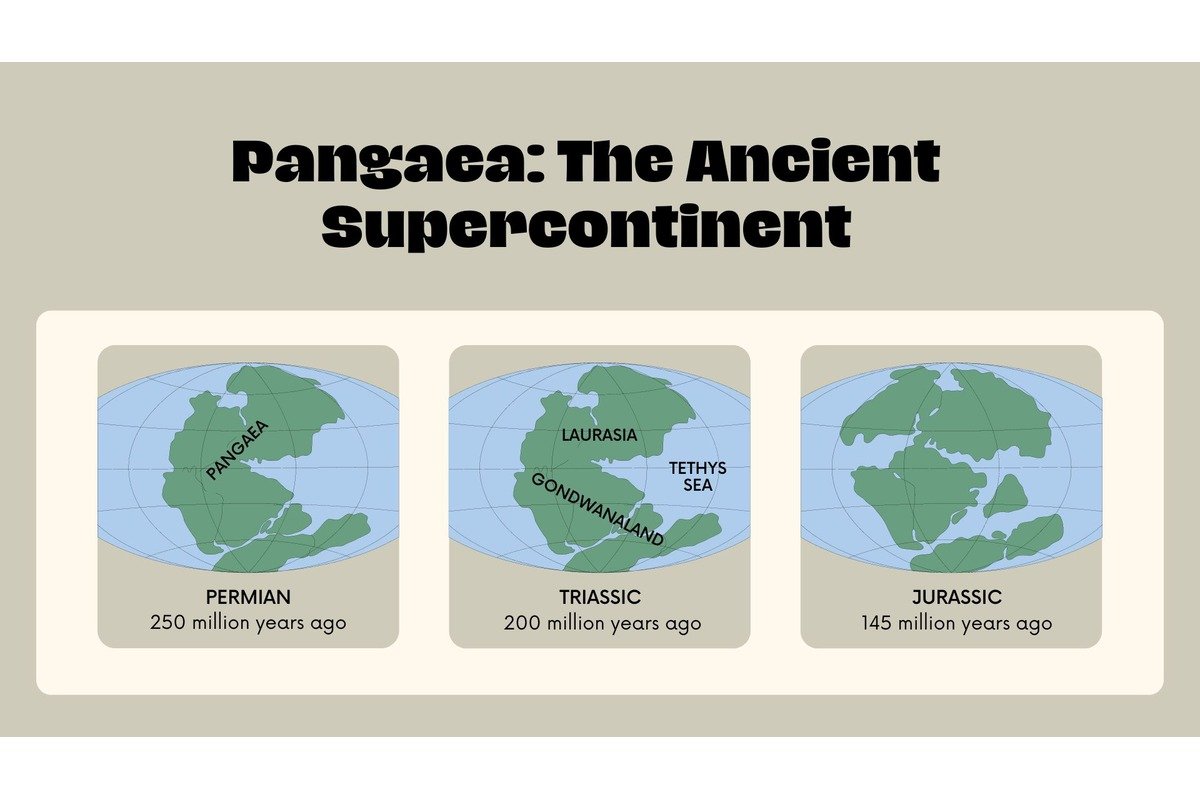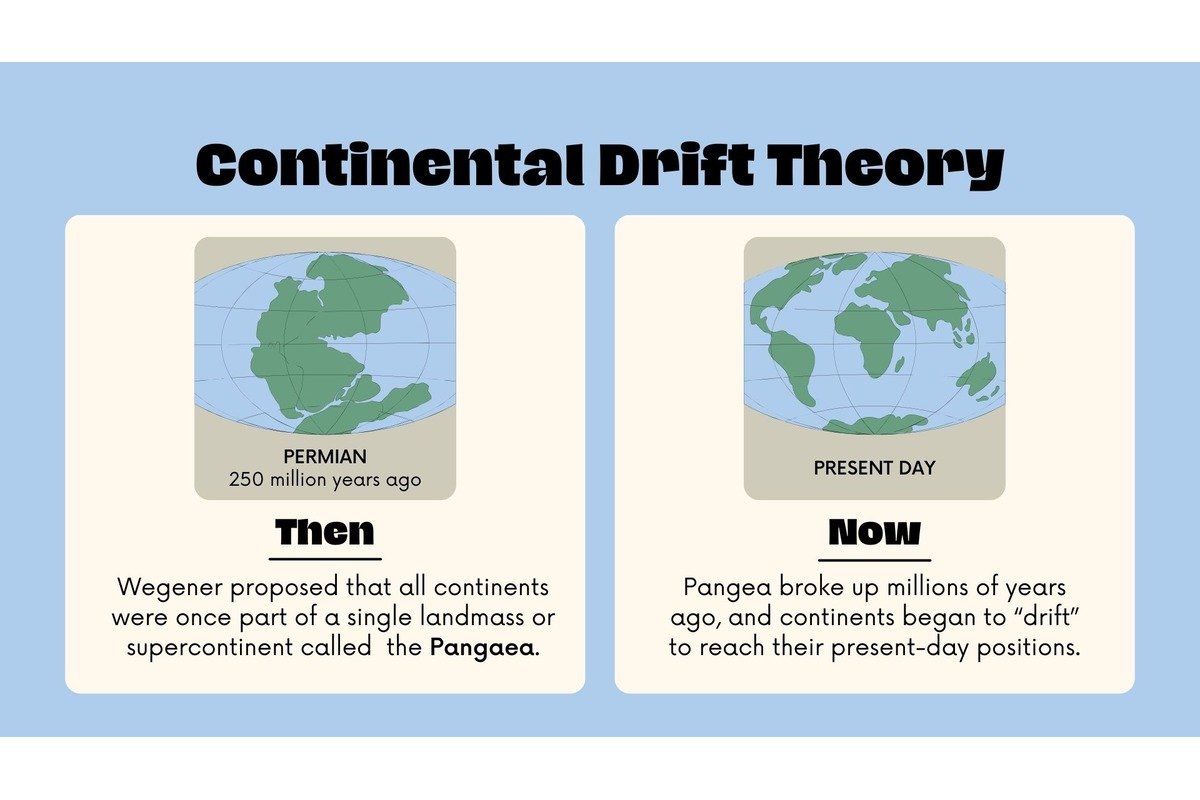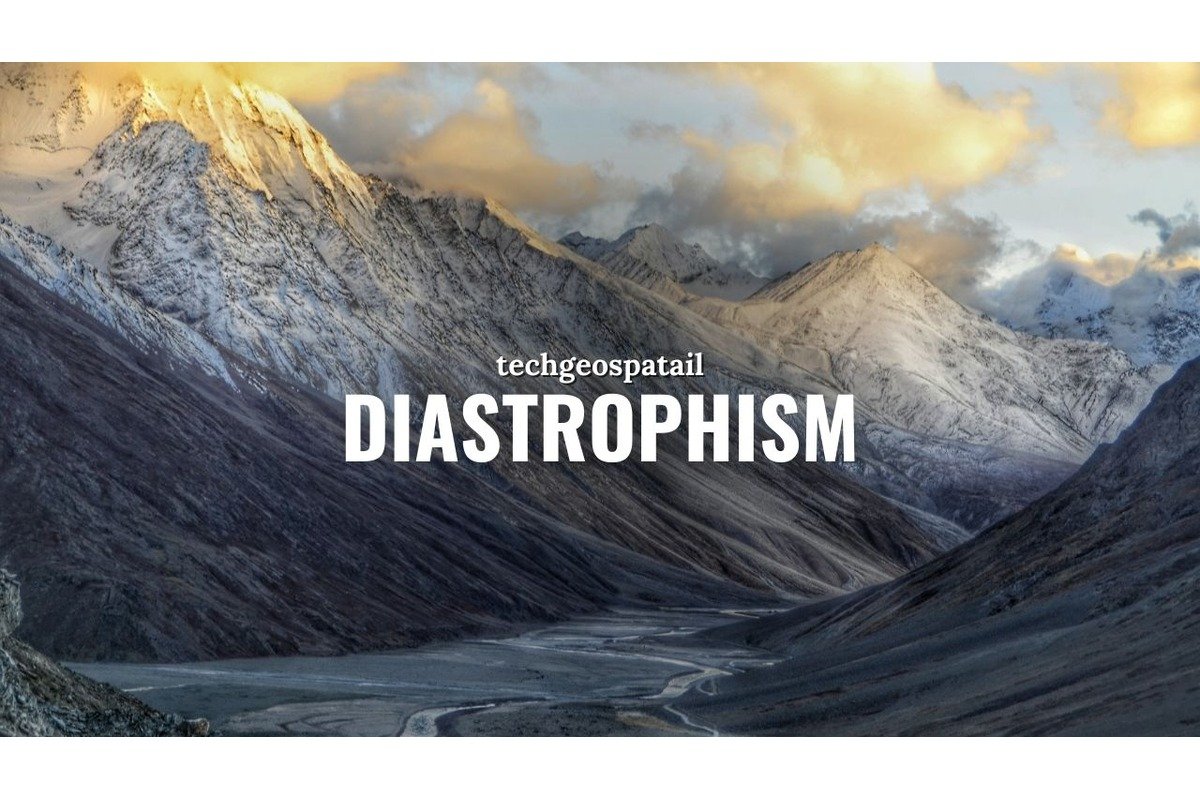
Diastrophism
Understanding Diastrophism Diastrophism is a fundamental geological process that shapes the Earth’s surface over long periods. It encompasses various phenomena, including folding, faulting, and warping. In this article, we’ll explore the different types of diastrophism, their causes, effects, and significance in shaping our planet. Introduction to Diastrophism Diastrophism refers to the deformation of the…



